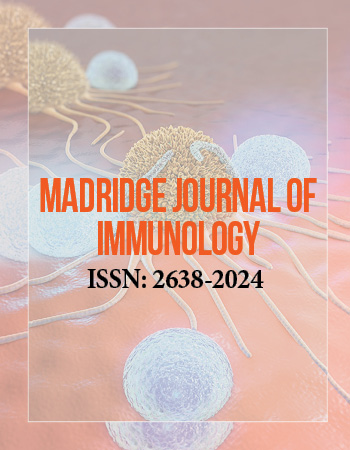International Conference on Immunology and Immunotechnology
November 1-3, 2017 Barcelona, Spain
Immunotherapy of Glioblastoma Spheroids Tumor Cultured in Fibrin Gel by Atorvastatin: In 3D in Vitro Model
School of Dentistry, Tehran University of Medical Sciences, Iran
Glioblastoma multiform (GBM) is the most aggressive glial neoplasm. Absolutely, the survival, growth, and invasion of GBM cells are promoted by various inflammatory cytokines. Statins, such as atorvastatin, are known to exert anti-inflammatory effects. Chronic inflammation is a pathological feature of cancer. Growth of solid tumors results in most cases in a hypoxic microenvironment and the release of various cytokines and growth factors, which together increase inflammation, angiogenesis in tumor stroma, and triggering signaling cascades that activate NFkappa B and STAT3 that produces predominantly by a specific subset of T helper cells (Th cells), namely Th17 cells. Interleukin-17 (IL-17) has emerged as a central player in the mammalian immune system. IL-17RA is expressed in most tissues examined to activate many of the same signaling cascades as innate cytokines such as TNFα and IL-1β. Furthermore, emerging knowledge regarding IL-17A/IL-17RA signaling in numerous tissues suggests an important role in health and disease beyond the immune system. This increasing evidence suggests that IL-17A and Th17 play a main role in autoimmune inflammation. A VEGF independent pathway was also found via NF-κB, which leads to suppression of the immune response targeting cancer cell. In this study, we investigated the anti- inflammatory and anti-angiogenesis activity of atorvastatin on engineered three-dimensional (3D) human tumor models using glioma spheroids and Human Umbilical Vein Endothelial cells (HUVECs) in fibrin gel as tumor models in different concentrations of atorvastatin (1, 5, 10µM). After 48 hours exposing with different concentrations of atorvastatin, cell migration of HUVECs were investigated. After 24 and 48 hours exposing with atorvastatin VEGF, CD31, IL-17R genes expression by real time PCR were assayed. In the current study, results have demonstrated a potential impact of IL-17R in glioma growth and progression. The results showed that atorvastatin has potent antiinflammatory and anti-angiogenic effect against glioma spheroids by downregulates IL-17RA and VEGF expression especially at 10 µM concentration. The most likely mechanisms are the inhibition of inflammation by IL-17RA interaction with NFKB signaling pathway. Finally, these results suggest that this biomimetic model with fibrin may provide a vastly applicable 3D culture system to study the effect of anti-cancer drugs such as atorvastatin on tumor malignancy in vitro and in vivo and atorvastatin could be used as agent for glioblastoma treatment.
Keywords: IL-17RA. NF-κB, Inflammation, Angiogenesis, Glioblastoma, VEGF, Atorvastatin.


